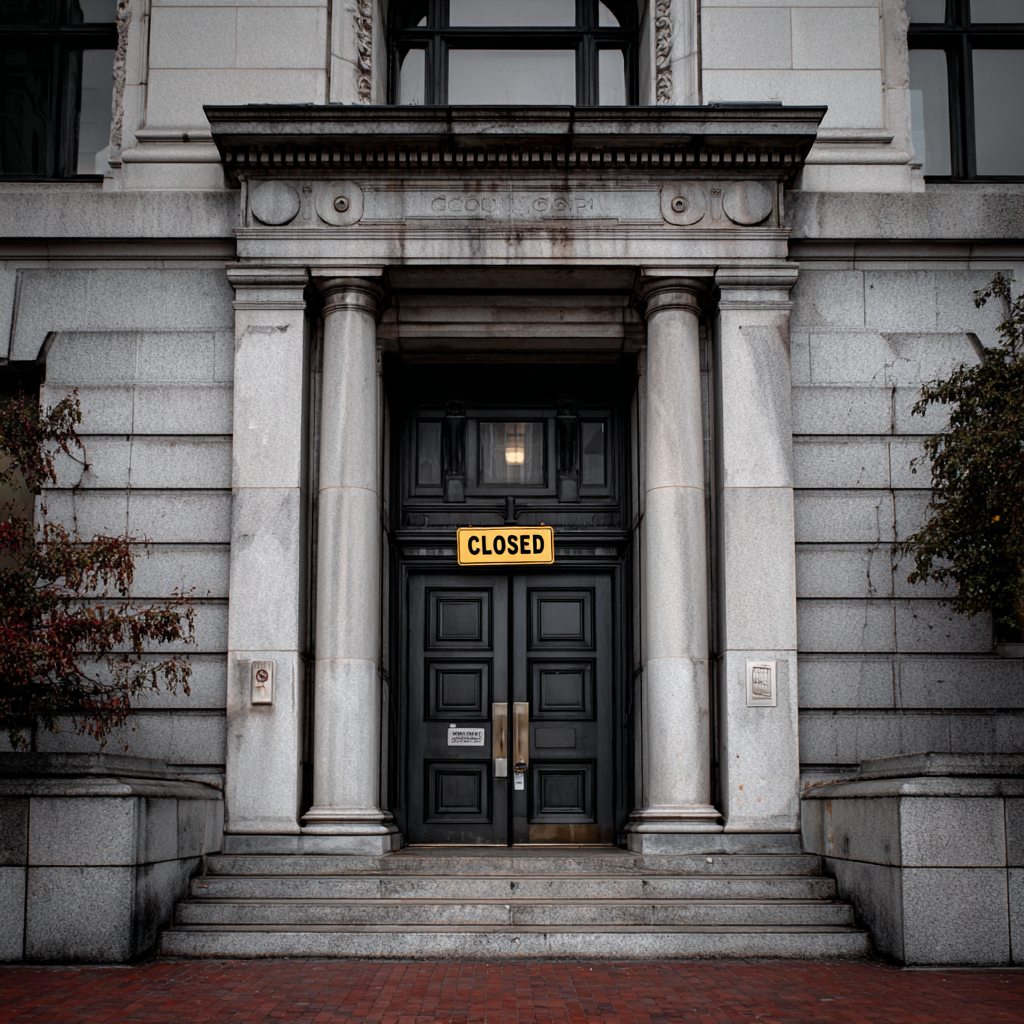Section 8 Housing, officially known as the HUD Section 8 Program, is a good way for landlords to receive a steady stream of tenant income. With the government paying a sizable portion of the rent for Section 8 tenants, landlords can keep their rental units occupied – as long as they pass the Section 8 Inspection.
Section 8 Inspection: What Landlords Need to Know
- Living Room
- Kitchen
- Bathroom
- Other Rooms
- Building Exterior, Plumbing, and Heating
- Health and Safety
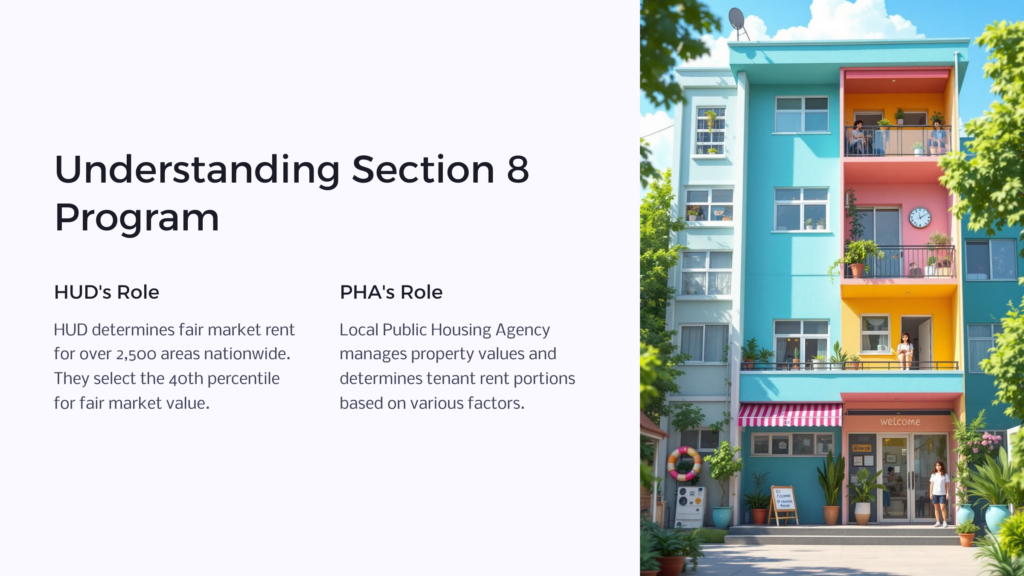
Section 8 is a government housing assistance program that helps low-income tenants pay their rent. At a national level, HUD determines fair market rent for over 2,500 urban areas, rural areas, and suburban areas around the United States. A local PHA (Public Housing Agency) manages the property values in its jurisdiction. Tenants who participate in housing assistance will pay a portion of their rent determined by the local PHA, based on factors like family size, income, and available financial resources. The PHA may also provide tenants with a utility allowance to cover utilities like the electric bill.
Landlords often want to know how much rent they can charge Section 8 tenants. HUD selects the 40th percentile in terms of fair market value, meaning that 40% of homes in the area will rent for less, and 60% for more. This creates a slightly less-than mean average fair market value for the property.
In select urban areas, HUD will select the 50th percentile. This means that landlords with section 8 properties in their portfolio may not collect as much as they could get were they to rent out the unit on their own to tenants who paid in full, but the exchange in value they get is a guaranteed tenant who pays their rent on time. For the most part, landlords in the Section 8 program seem to enjoy the steady stream of income.
Participation in this HUD program is highly regulated by the PHA. Landlords must follow the rules outlined by HUD and the PHA, and this includes routine inspection of the property.
PHA Responsibilities
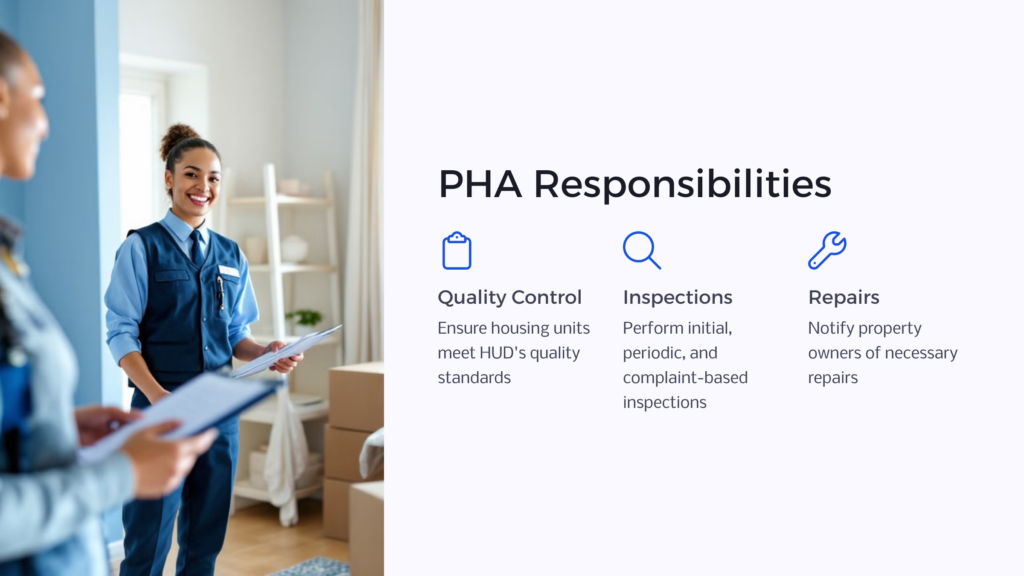
The PHA is the Public Housing Agency (sometimes referred to as the Public Housing Authority) tasked with facilitating HUD programs. Your local PHA is responsible for ensuring that each housing unit meets HUD’s housing quality standards. If a property owner files a Request for Lease Approval to participate in Section 8, the local Public Housing Agency will perform a quality control inspection.
The Section 8 Inspector will inform the property owner of anything that does not meet the housing quality standard and needs to be addressed. The PHA will also perform inspections in response to tenant or property owner complaints. The PHA will also perform a periodic inspection on the dwelling unit so that any necessary repairs can be called to the attention of the property owner.
Passing the Section 8 Inspection
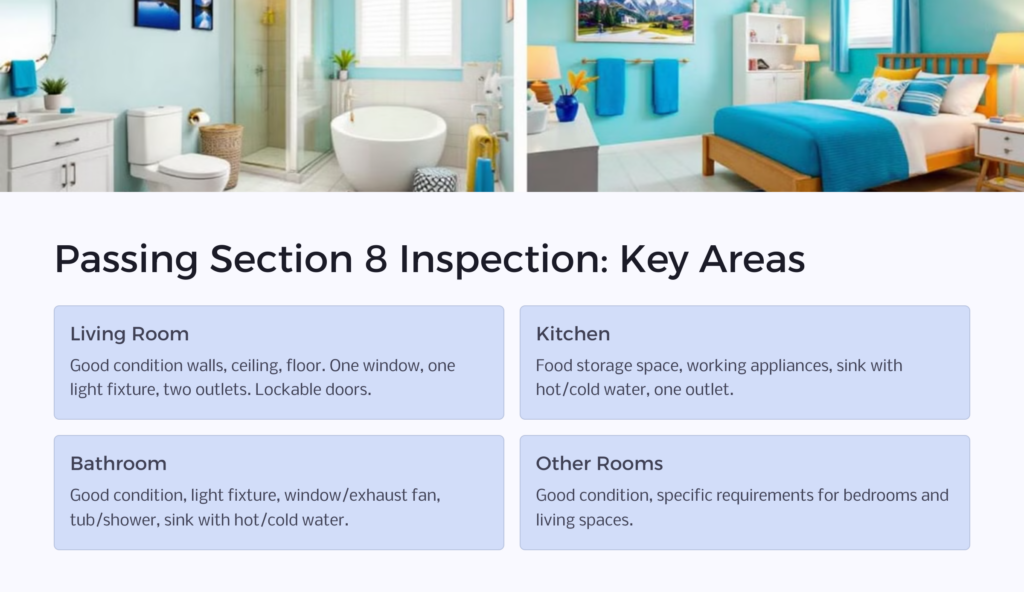
To participate in the Housing Choice Voucher Program, landlords must undergo an initial inspection for the rental unit in question. The PHA will make sure it meets a certain standard of living that the housing authority has deemed acceptable. This HUD inspection and its performance requirements make sure that financially disadvantaged tenants using a Section 8 Voucher live in safe and suitable housing.
Living Room
The living room’s walls, ceiling, and floor need to be free of large cracks, holes, bulging, warping, or loose material – basically anything that might create a draft or tripping hazard or struck-by-object accident. There needs to be at least one window in good condition, and one permanent light fixture, along with two electrical outlets. Any doors accessible to a public space must be able to lock.
Kitchen
The walls, floor, and ceiling of the kitchen must be in acceptable condition. There must be space to store food, such as cabinets, shelving, or a pantry, and a working stove/oven, though the landlord can request the tenant to supply these appliances. There must also be a working refrigerator that can keep food cold enough to avoid spoiling, at least one electrical outlet, and a working sink that provides hot and cold running water – a bathroom sink does not count here. A space for eating is also required, though that isn’t necessary if there is a separate eating area like a dining room. Note that a window or a permanent light fixture is not required here.
Bathroom
The bathroom walls, floor, and ceiling must be in good condition. There must be one permanent light fixture, and an operable window that can be opened or a working exhaust fan. There must be a tub or a shower and a working sink, both of which offer hot and cold running water (a kitchen sink will not suffice).
Other Rooms
Other rooms in the home, including bedrooms, must have floor, ceiling, and walls in good condition. The bedroom or any room used for sleeping must have two working electrical outlets and one window in good condition. For every other room used as a living space (office, den, dining room), there must be a window or a permanent light fixture, or an electrical outlet that can power a lamp. No room in the home can have chipping paint if children under the age of 7 live in the home or if the home was built before 1978 (this is to avoid potential issues with lead poisoning).
Building Exterior, Plumbing, and Heating
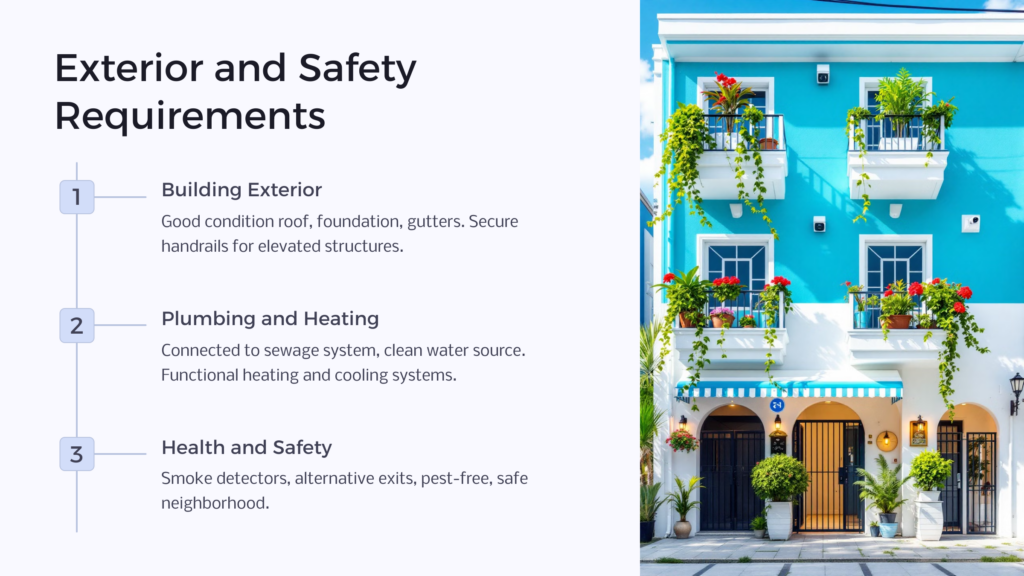
The roof and the foundation must be in good condition with no leaks. If gutters and downspouts are attached to the roof, they must be secure, clean, and in working condition. Any porches, decks, or balconies 30 inches above the ground must have a securely attached handrail, along with any stairs with four or more risers. Chimneys must be free of leaning, missing bricks, or cracks. Exterior walls must be devoid of large cracks or holes.
The plumbing needs to be connected to a public or private sewage system (such as the public sewer or a septic tank), and a public or private source of clean drinking water. A cooling system is required that can lower the temperature in summer months, or a fan to circulate the air, or operable windows. There must also be a heating system in place for the winter, and space heaters do not count unless they can vent into the chimney.
Health and Safety
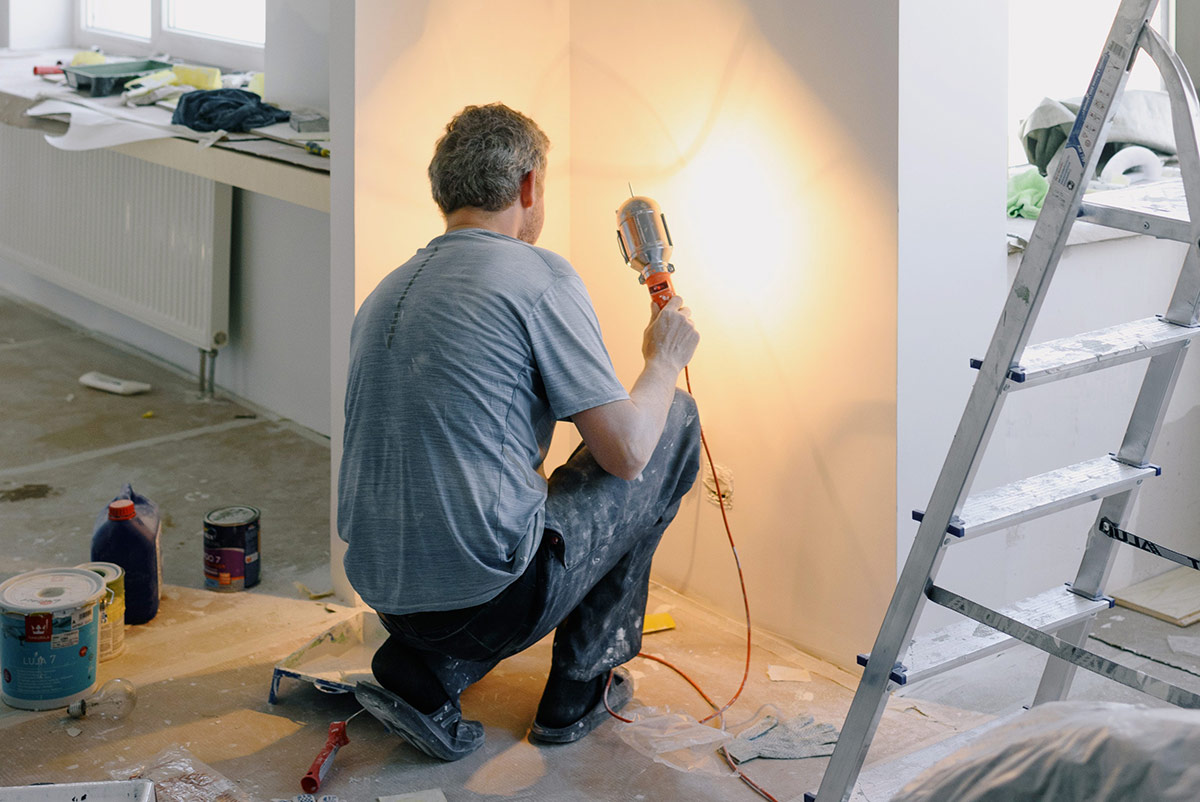
Every level of the property must have a working smoke detector, and if one tenant is hearing impaired, the smoke detector must accommodate that disability. If the building has multifamily housing, each unit must be accessible through a public space such as the outside or a lobby or hallway, and not by passing through another tenant’s unit. Alternative exits are required in the event of a fire, working elevators (if applicable), and well-lit common areas in good condition. Whether the home is a single family dwelling or multifamily unit, it must be pest-free and rodent-free, and have a space to dispose of trash that can be closed and picked up regularly.
It’s important to note that the neighborhood must also be safe. This is something a Section 8 landlord might overlook since it is largely out of their control. Nearby buildings in disrepair that prevent a struck-by-object hazard (such as collapse), cliffs or quarries that are not fenced off, evident flood damage, or other assorted potential fire hazards can lead to failing the inspection.
Section 8 Landlord and Tenant Responsibilities
In exchange for government assistance, there are rules that tenants and landlords must follow. The tenant must make a reasonable effort to keep the unit sanitary and safe. They must assist the owner in addressing items that need repair by communicating promptly. They must cooperate with the PHA to facilitate annual inspections, and they must follow the terms of the lease they signed. Of course, those terms will vary from property to property but they could include items such as no loud music after 10:00 PM.
Landlords also have responsibilities. They must comply with the lease terms and maintain the unit so that it adheres to the HUD housing standards outlined above. According to Section 8 rules and regulations, landlords must respond to tenant complaints about needed repairs, and they too must cooperate with the PHA for annual, initial, and compliance inspections, along with performing any requested work to pass these inspections in a timely manner.
Passing the Section 8 Inspection
Many property owners take advantage of the rental opportunities provided by Section 8 Housing. These landlords enjoy the steady income provided by the housing authority who always pays rent on time. They have an easier time filling their vacancies because HUD connects them with renters who participate in the Housing Choice Voucher Program.
 Benefits.com Advisors
Benefits.com Advisors
With expertise spanning local, state, and federal benefit programs, our team is dedicated to guiding individuals towards the perfect program tailored to their unique circumstances.
Rise to the top with Peak Benefits!
Join our Peak Benefits Newsletter for the latest news, resources, and offers on all things government benefits.
















